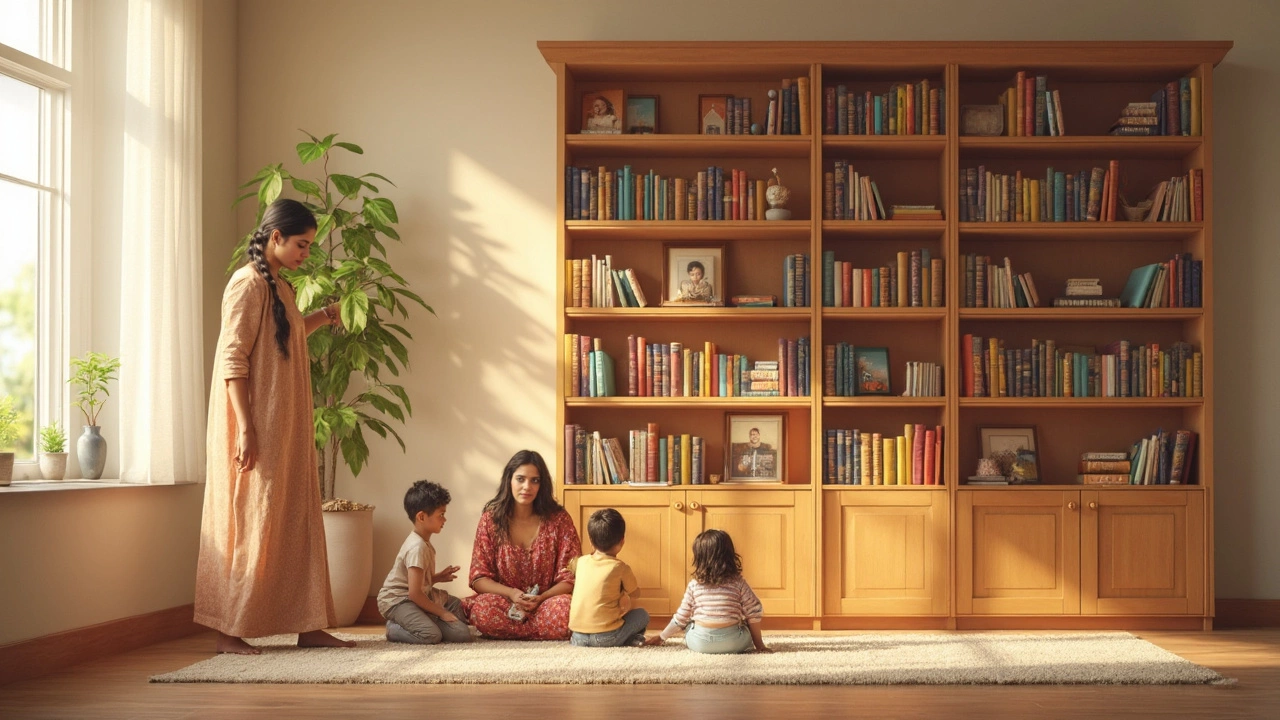Furniture Anchoring: Keep Your Sofas and Tables Safe and Stable
Ever watched a couch tip over when a curious kid jumps on it? Or seen a TV stand wobble during a mild quake? Those moments are more than just awkward—they can cause injury or costly damage. Anchoring furniture is a simple fix that makes your living room, bedroom and even the garage safer. Below you’ll get the basics, the tools you need, and step‑by‑step tricks for the most common pieces.
When and Why You Should Anchor
Not every chair needs a strap, but many pieces do. Tall, top‑heavy sofas, sectionals with a deep chaise, and bookshelves that reach the ceiling are prime candidates. If you have small children or active pets, a sudden pull can turn a sturdy couch into a tipping hazard. In places prone to earthquakes, even a light shake can send furniture sliding. Anchoring stops the motion, keeps the item flush to the wall, and protects everyone in the room.
Easy Ways to Anchor Different Pieces
Sofas and Sectionals: Look for the metal brackets or holes behind the base. Most modern frames have pre‑drilled slots for anchor straps. Use a stud finder, locate the wall studs, and drive a 2‑inch wood screw through the bracket into the stud. Attach a sturdy strap or L‑bracket and tighten.
TV Stands and Entertainment Centers: These are usually lighter, but the screens they hold are expensive. Secure the base to the wall with a simple furniture strap kit. Loop the strap around the back of the stand, feed it through the wall anchor, and tighten the knob until there’s no wiggle.
Bookshelves and Cabinets: Use L‑shaped brackets. Position one side of the bracket on the back of the shelf, the other side into a wall stud. For tall units, add a second bracket near the top for extra stability.
Coffee Tables and Side Tables: If the table has a metal frame, drill a small pilot hole in the underside and secure a flat steel plate to the wall. For wooden tables, a simple furniture strap works just as well.
Outdoor / Garden Furniture: Heavy rain can loosen bolts. Use corrosion‑resistant straps and anchor them to a concrete patio slab with masonry screws. A quick check each season keeps everything tight.
All of these jobs need a few essentials: a stud finder, a drill, 2‑inch wood screws, heavy‑duty straps or brackets, and a wrench. The whole process usually takes under an hour per piece, and the safety payoff is huge.
Common mistakes include anchoring to drywall alone, skipping the stud, or using nails that are too short. If the hardware can’t handle the weight, the whole system fails. When in doubt, choose a longer screw that reaches the stud’s core, or call a professional.
After you’ve anchored, give each item a gentle shake. If there’s any movement, tighten the connections a bit more. Check the anchors every few months, especially after moving furniture or after a big storm.
Bottom line: a few minutes of work now can prevent a broken arm, a cracked wall, or a costly repair later. Grab a drill, follow the steps above, and enjoy a steadier, safer home.
Do You Really Need to Anchor a Bookcase? Safety, Risks, and Smart Tips
Debating whether you have to anchor a bookcase? Uncover the real risks, safety facts, and practical tips for keeping your shelves stable and your home safe.





